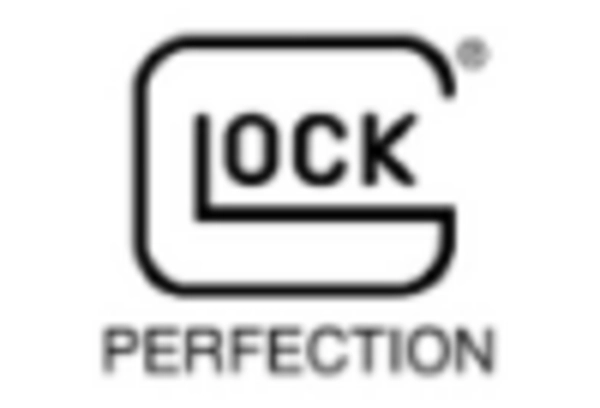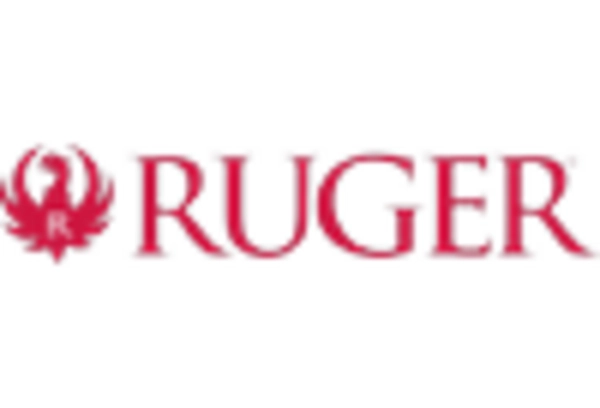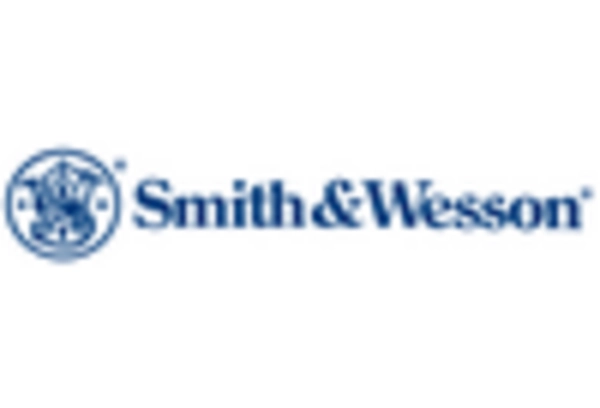Impact of Regulatory Changes
The Handgun Market is significantly influenced by the evolving regulatory landscape surrounding firearm ownership and usage. Changes in legislation can either facilitate or restrict access to handguns, thereby impacting market dynamics. For instance, recent legislative efforts in various regions have aimed to streamline the process of obtaining permits and licenses, which may encourage more individuals to enter the market. Conversely, stricter regulations can lead to decreased sales and heightened compliance costs for manufacturers. As such, stakeholders in the Handgun Market must remain vigilant and adaptable to these regulatory changes, as they can have profound implications for market growth and consumer access. The ability to navigate this complex environment is crucial for sustaining competitiveness in the industry.
Evolving Consumer Preferences
Consumer preferences within the Handgun Market are evolving, with a noticeable shift towards customization and personalization. Today's consumers are increasingly interested in handguns that reflect their individual style and preferences, leading to a rise in demand for customizable options. Manufacturers are responding by offering a variety of finishes, grips, and accessories that allow consumers to tailor their firearms to their liking. This trend is particularly evident among younger buyers, who prioritize aesthetics and functionality. As a result, the market is likely to see an increase in sales of handguns that offer customization features, potentially driving overall growth in the Handgun Market. This shift in consumer behavior highlights the need for manufacturers to adapt their offerings to meet the changing demands of the market.
Rising Concerns Over Personal Safety
In recent years, there has been a marked increase in concerns regarding personal safety, which significantly influences the Handgun Market. Individuals are increasingly seeking handguns for self-defense purposes, driven by perceptions of rising crime rates and personal vulnerability. According to recent surveys, approximately 40 percent of respondents express a desire to own a firearm for protection. This heightened awareness has led to a corresponding increase in handgun sales, with estimates suggesting a growth rate of around 10 percent annually in this segment. Manufacturers are capitalizing on this trend by offering a diverse range of handguns designed specifically for personal defense, thereby catering to the evolving needs of consumers in the Handgun Market.
Increasing Interest in Shooting Sports
The Handgun Market experiences a notable surge in interest surrounding shooting sports, which encompasses activities such as competitive shooting and recreational target practice. This growing enthusiasm is reflected in the rising number of shooting ranges and clubs, which have increased by approximately 15 percent over the past five years. As more individuals engage in these activities, the demand for handguns tailored for sport shooting is likely to rise. Furthermore, manufacturers are responding to this trend by developing specialized models that cater to competitive shooters, thereby expanding their product offerings. This shift not only enhances consumer choice but also stimulates growth within the Handgun Market, as enthusiasts seek high-performance firearms that meet their specific needs.
Technological Innovations in Firearm Design
The Handgun Market is witnessing a wave of technological innovations that enhance firearm performance and user experience. Advancements in materials, such as lightweight alloys and polymer frames, have led to the development of handguns that are not only more durable but also easier to handle. Additionally, features such as improved sighting systems and integrated safety mechanisms are becoming standard in new models. These innovations are appealing to both novice and experienced shooters, as they offer enhanced accuracy and reliability. As a result, the market for technologically advanced handguns is projected to grow, with estimates indicating a compound annual growth rate of 8 percent over the next five years. This trend underscores the importance of innovation in maintaining competitiveness within the Handgun Market.

















Leave a Comment